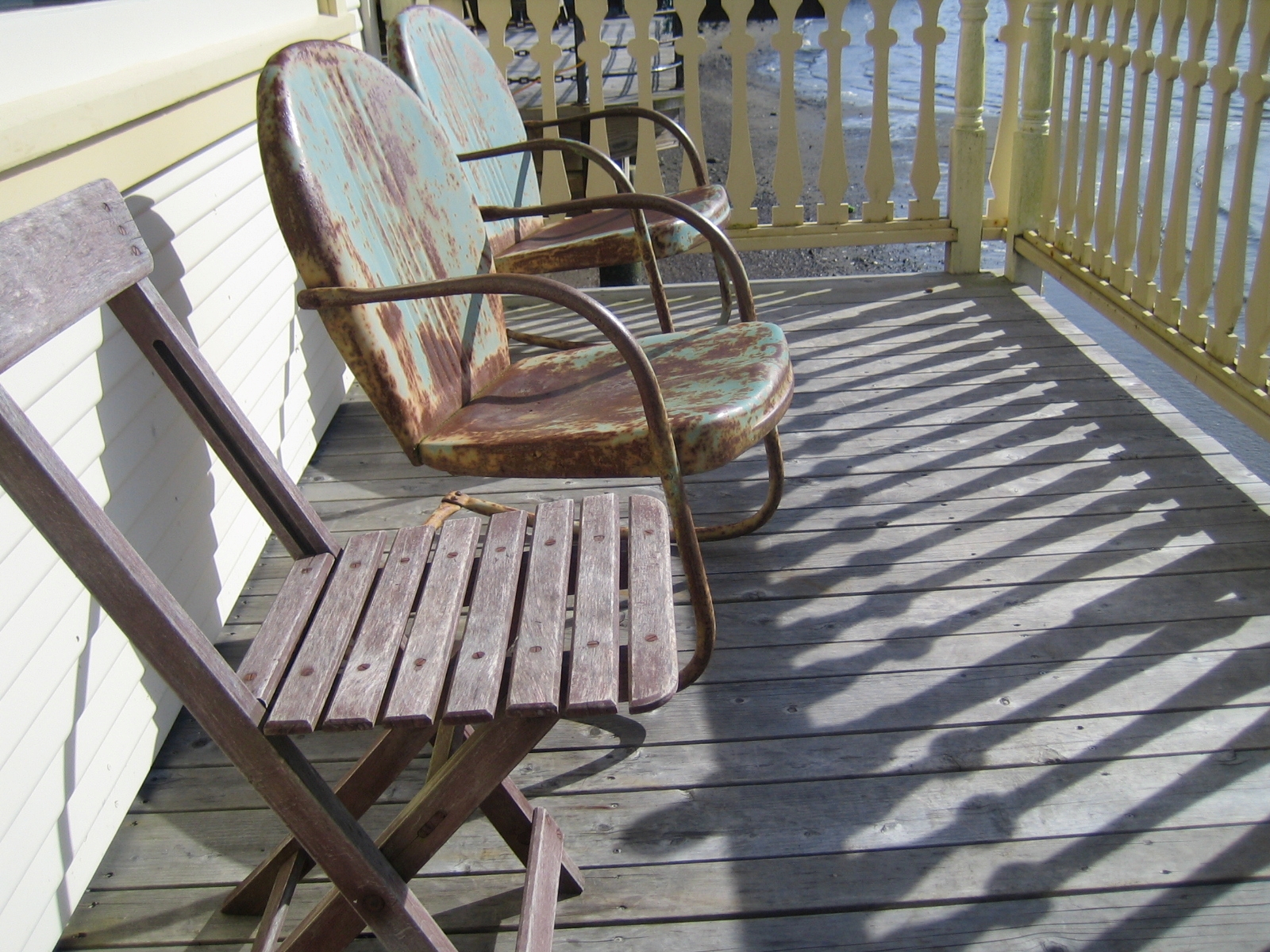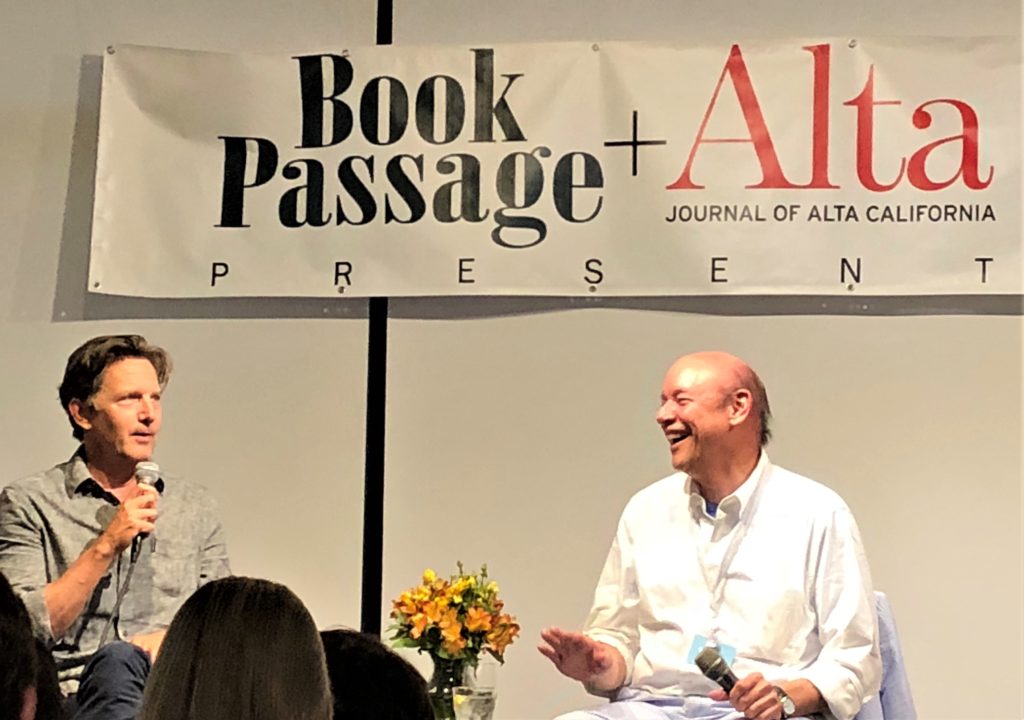[Note: This was my first blog item. Five years later, I wrote a book about my father’s paintings.]
I learned my love of maps from my father — a World War II pilot and also a painter. I tagged along as a kid as he painted watercolor landscapes in the central Ohio countryside and learned that maps are more than lines on flat pieces of paper that get you there and back.
I was watching the printed road map, but as an artist, Dad “mapped” what he saw and transferred those visuals to watercolor paper. He held up a pencil to the horizon line, measured the distance to the focal point, plotted the perspectives, and took a mental snapshot. He could manipulate the results — if the blue was wrong, he’d wash it away and make it truer. The green-golds would blend and merge. If the colors or shadows changed and the result was visually inauthentic, he’d make them disappear – and start over.
Dad was a literal painter. He saw the surface of things and painted with taut, hushed, discreet emotion. Yet his ability to see things just as they are, unvarnished, real, and with a deeper truth behind them, taught me how to really see.
In this way, the maps and the watercolors started working together for me, and I became a visual thinker. The surface of things always suggests a deeper story. What’s below the surface in his paintings may have been left to the viewer’s imagination, but there is no refuge from it. You can try to change what others see all you want – wash it away like a watercolor technique – but you cannot change what lies beneath. I became a journalist. I penetrated the story behind the surface. I expressed it differently from my dad, but with the same goal – clarity of vision and exploration of truth.
Which gets me back to maps. To me, maps are linear expressions of worlds beyond. They create the networks, connect the dots. They tell you if you’ll be up high or down low, whether you might get wet crossing a river or breathless climbing a mountain. They are finite in their surface information but encourage infinite exploration. They hint but do not scream – and it’s up to you to accept their invitation and just go.
I always start out with a map. This sometimes drives my companions crazy, but for me, it’s a secure foundation for the journey. Maps are both pure efficiency, pointing to a destination in the fastest way, and scenic pleasure, taking the longest way to go the shortest distance via exhilarating and beautiful journeys.
With a map in hand, I can concentrate on the full experience of the adventure because the logistics are taken care of. I study the maps, get a mental picture and take off. After the trip, I review the experience and make course corrections for the next time.
Now I often fly coast to coast across the U.S. I look down and study the roads and trails that meander across plains and valleys, the sweep up the mountains and reflections from the lakes and rivers. The topography creates its own map, the natural light spectrum washes the colors across the landscape. I explore it all mentally.
My dad, now in his 80s, doesn’t fly anymore. So when I visit him, we sit at the kitchen table and review my adventures. We pull out the maps, piled on the shelf next to his reading material, and talk about what I last saw, where I’m next going. He visualizes the experiences, the lines of the map clear, the imaginary horizon line unifying the perspective, the details of the picture filling in for him.



